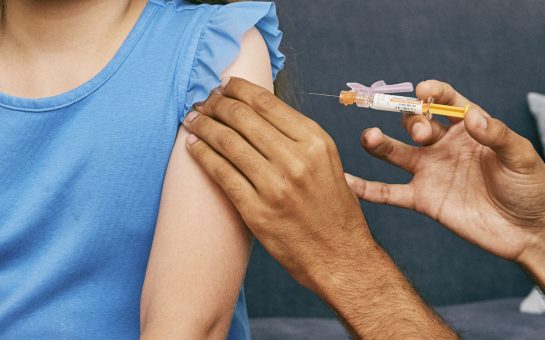Two recent studies, one by Centre for Global Development (CGDEV) and the other by The Lancet, have estimated the potential fatalities of COVID-19, directly and indirectly.
The Lancet estimates the additional maternal and under-5 child deaths resulting from the potential disruption of health systems and decreased access to food.
The CGDEV predicted the fatality rates in different regions accounting for differences in age, sex, relevant comorbidities, and health system capacity.
Additional Child and Maternal Deaths
The Lancet study looks at indirect effects, the reallocation of health care and resources in the developing world, which could contribute to over one million child deaths.
The indirect effects could cause additional 56,700 maternal deaths in six months, versus an unmitigated pandemic.
The estimated additional maternal and under-5 child deaths are in 118 low-income and middle-income countries.
During the 2014/15 Ebola crisis in West Africa, indirect effects such as fear of Ebola and health care workers led to reduced maternity care and childhood vaccinations.
These factors will have to be taken into account by leaders who are deciding lockdown measures and allocating resources over the coming months.
When the pandemic is over health systems must recover quickly, the longer these areas are without adequate care, the more lives will be lost.
Which region could be affected the most?
The fatality rate from COVID-19 varies widely, factors such as non-random testing make it impossible to estimate the infection fatality rate (IFR) in many low-middle income countries.
The CGDEV estimate the adjustments required to extrapolate estimates of the IFR from high to low-income countries.
Factors such as age have been accounted for, as fewer people are expected to die in a country with a young demographic compared to a country with an older population.
Likewise, a country where the general population has more relevant comorbidities we would expect more deaths.
The adjusted infection fatality rate (AIFR) is the IFR, adjusted to balance out a regions health system capacity.
In regions like high-income North America, the IFR and the AIFR is the same as the capacity of the health system shouldn’t be overloaded.
However, lockdown measures have been eased in some states and the US is reporting record high daily cases.
Not so long ago it was a widely held view (in the western world at least) that this pandemic would overwhelm Africa’s health system with catastrophic consequences.
Yet as of now Africa is one of the least impacted regions in the world and based on estimates by CGDEV this trend will continue.
Africa is an unsung continent in the fight against COVID-19 and lessons can be learned.
Using the data from CGDEV I estimated the number of fatalities if the disease was to continuing spreading until herd immunity was achieved.
The number of people that need to be immune depends on the disease, the more infectious a disease, the greater the population immunity needed to ensure herd immunity.
For example, for measles around 95% of people need to be immune for a population to have herd immunity, for COVID-19 it’s estimated to be around 60%.
It was the second wave of the Spanish flu – where 50-100m people died – that was the most lethal.
A lot of the world wasn’t ready for the first outbreak of COVID-19, it must be prepared if the disease keeps spreading and/or the second wave of infections arrives.



